Stacks' Nakamoto Upgrade: Faster Blocks, Smarter Contracts
Everything you need to know about the upcoming Nakamoto upgrade for the Stacks blockchain - from its key features and implications, to what it means for Bitcoiners, developers and the future of cryptocurrency.

The Nakamoto Upgrade represents another evolution for the Stacks blockchain, coming into existence through a step-by-step rollout. This upgrade will affect various stakeholders within the Stacks and Bitcoin ecosystems. In today's article, we will take a look at what this famous upgrade truly means for Bitcoiners, developers and its overall implications…
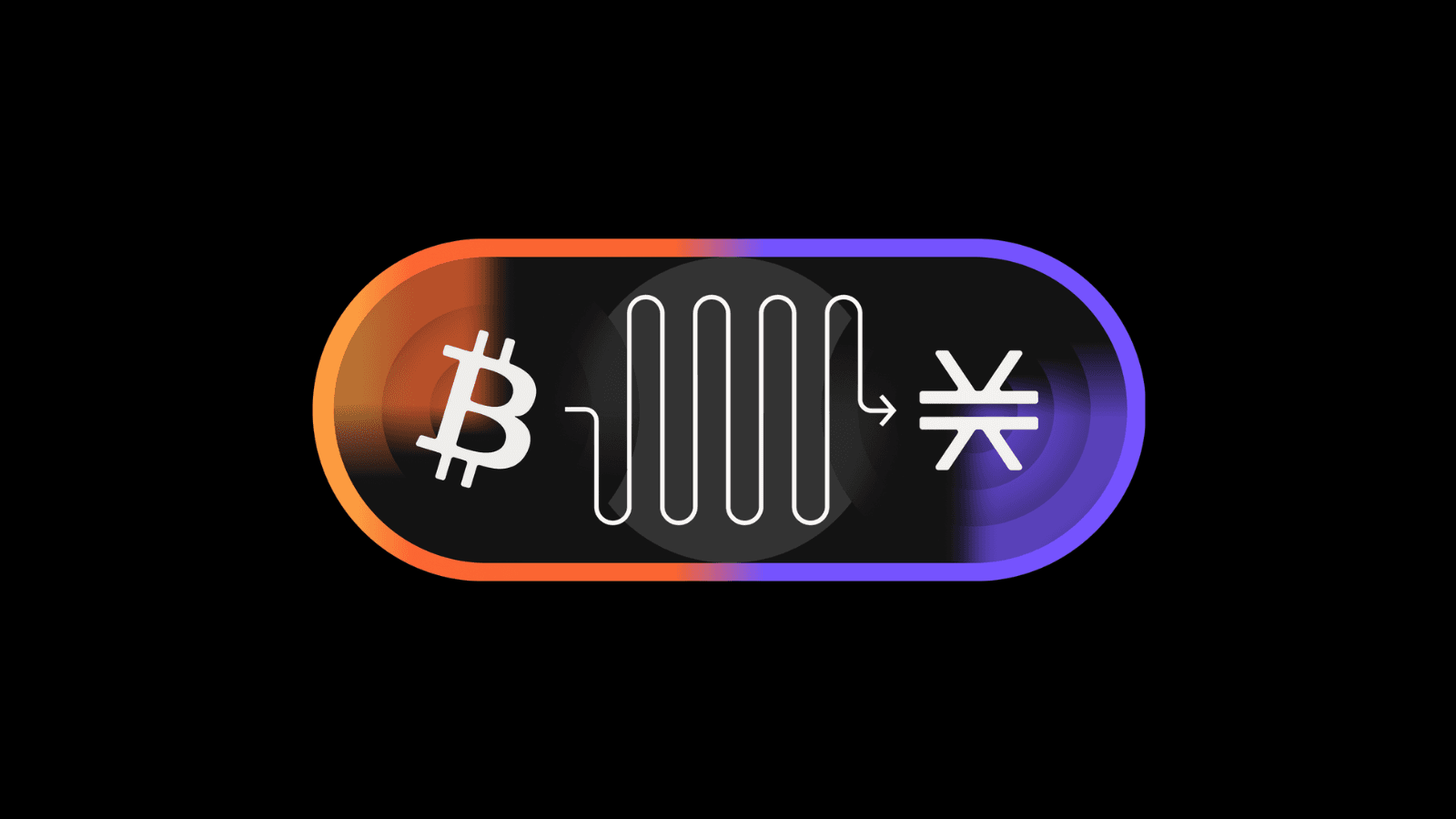

What Is the Nakamoto Upgrade?
For those unaware, let us enlighten you. The Nakamoto Upgrade is a major update being made to the Stacks blockchain. An upgrade that was scheduled to begin on August 28th but was extended eight weeks to ensure everything is clean and tidy.
When Nakamoto Release?
— stacks.btc (@Stacks) October 18, 2024
Admin: Soon. pic.twitter.com/Dyr1nLdnzT
The Nakamoto Upgrade, launching at block height #867867 or October 30th, is designed to enhance the Stacks network by presenting several new things. It introduces a system where miners produce blocks at a fixed cadence and a more collaborative role for PoX Stackers in the mining process. By doing so, Nakamoto aims to streamline operations and reduce the potential for blockchain forks.
Proof of Transfer
The Stacks layer uses its novel consensus mechanism, called Proof of Transfer (PoX), which utilizes both the Stacks and Bitcoin layers. PoX is similar in spirit to Bitcoin’s Proof of Work (PoW) consensus: like how Bitcoin PoW miners spend electricity and are rewarded in BTC, Stacks PoX miners spend (already mined) BTC and are rewarded in STX.
In this way, PoX reuses work already done by Bitcoin miners and does not consume any significant amount of additional electricity, requiring only the cost of running normal laptops/computers for Stacks nodes to bid using BTC.
The Nakamoto upgrade also introduces several enhancements, which include:
- Smart Contract Functionality: With this upgrade bringing smart contract functionality to Bitcoin, more complex operations can be put to the test while maintaining the simplicity and security of Bitcoin.
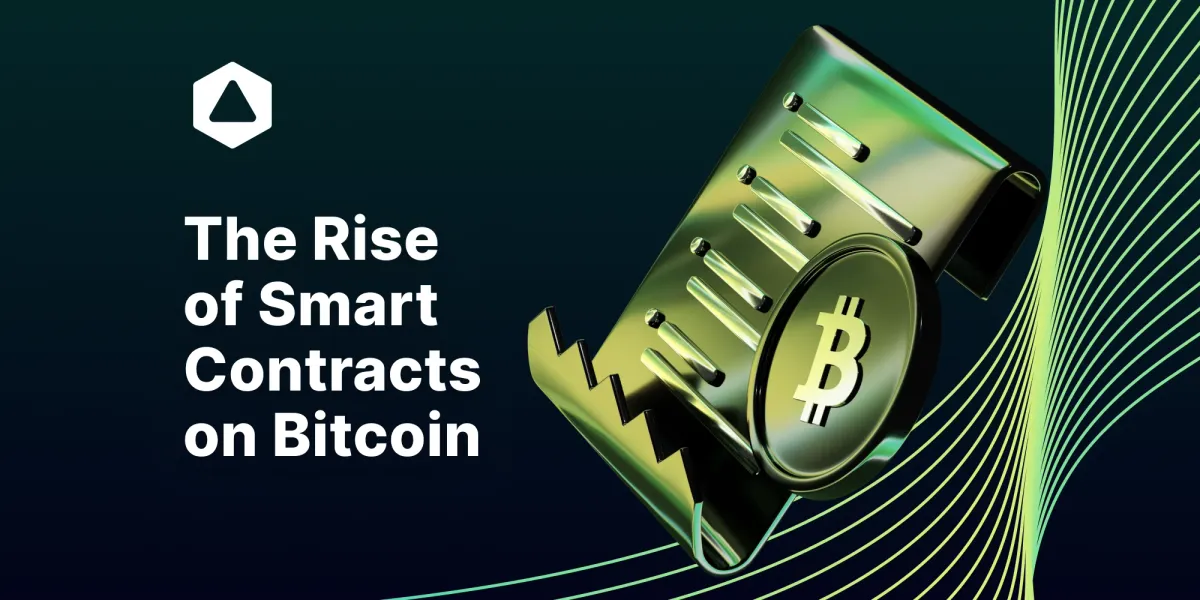
- Decentralized Pegged Asset: sBTC also represents the first decentralized, pegged asset to Bitcoin on a smart contract platform. sBTC acts as a two-way peg to Bitcoin, fully redeemable at a 1:1 ratio, enabling users to lock their BTC to mint sBTC. Although the Nakamoto Release is necessary in order for sBTC to function, sBTC itself is not part of the Nakamoto Release.
- Trust-minimized Bitcoin peg: lays the foundation for a novel decentralized, noncustodial, Bitcoin-pegged asset, sBTC, so smart contracts can run much faster and more cheaply using the Bitcoin-pegged asset with minimal counterparty risk.

- Clarity language: The Nakamoto upgrade supports Clarity, a safe, decidable language for provable smart contracts. With Clarity, developers can know with mathematical certainty what a contract can and cannot do, even before executing it.
This is what is new, but let us not forget that the Stacks Nakamoto upgrade was also designed to address issues such as block creation speed, transaction finality, and maximal extractable value (MEV) vulnerabilities.
Decoupling Stacks and Bitcoin Block Arrivals
In the Nakamoto system, a winning miner can produce multiple Stacks blocks within the duration of a single Bitcoin block. This eliminates the need for microblocks and ties Stacks block confirmations directly to Bitcoin blocks, making it faster.
Enforcing Collaboration Among Stackers
Before a new block can be produced, Stackers must validate and sign off on the blocks produced by the current miner. This collaborative verification ensures all transactions are confirmed and unauthorized forks prevented.
Policing Miner Behavior Through Stackers
Sortition will now only select a new miner rather than allowing them to produce a block immediately. Stackers will confirm the last valid block from the current miner and only sign blocks from the new miner if they build on this confirmed block.
A cryptographic sortition is a process of randomly selecting one or more entities from a set using cryptography. This is a decentralized and verifiable way to select participants for a variety of tasks, such as consensus protocols, lotteries, and auctions.
This mechanism prevents miners from ignoring previously confirmed transactions and forking the blockchain.
Anchoring Stacks Chain to Bitcoin
Stacks miners are required to commit the indexed block hash of their first produced block to the Bitcoin blockchain. This links Stacks chain history directly to Bitcoin, enhancing security and preventing forks due to connectivity issues.
Implementing a Bitcoin MEV Solution
Some Bitcoin miners have exploited the miner sortition process to exclude other miners and secure mining rights disproportionately.
The Nakamoto upgrade modifies the sortition algorithm to disincentivize Bitcoin miners from omitting honest Stacks block commits. Miner Extractable Value (MEV) has been a challenge in many blockchains, including pre-Nakamoto Stacks, where Bitcoin miners could manipulate transaction inclusion for their benefit.
Fast Blocks After the Nakamoto Upgrade
Traditionally, Stacks blocks were anchored directly to Bitcoin blocks, leading to slower transaction times due to Bitcoin's longer block intervals. But in a way to achieve faster blocks, Nakamoto changes this by decoupling Stacks block production from Bitcoin block production.
This speed is achieved through tenure-based block production. Each Bitcoin block starts a new tenure wherein a single miner, selected cryptographically, is responsible for producing all Stacks blocks during this period.
Unlike previous protocols where a Stacks block was tied to a Bitcoin block, now multiple Stacks blocks can be mined within the span of one Bitcoin block, significantly reducing transaction confirmation times.
The Nakamoto upgrade is expected to drastically enhance the user experience by reducing transaction times from the typical 20-30 minutes to approximately 5 seconds.
This improvement not only makes operations more efficient but also more user-friendly, and increases the potential adoption rates by the general public.
Nakamoto and Bitcoin Finality
Another major enhancement is the introduction of Bitcoin finality. This feature means that the security and finalization of transactions will now completely rely on Bitcoin, rather than having a separate security budget.
Bitcoin finality refers to the point where a transaction or a block of transactions on the Bitcoin blockchain is considered irreversible—secured against any alterations or reversals.
In the context of Bitcoin, the magic number is often six confirmations, at which point the economic cost of attempting a chain reorganization to alter a transaction becomes prohibitive.
When you receive a payment in Bitcoin, you can confidently re-spend those funds after a few confirmations, knowing the original transaction is secure. This reliability and security have made Bitcoin a resilient and trusted platform despite numerous challenges over the years.
For any layer built on top of Bitcoin, maintaining this level of finality is crucial.
How Does Bitcoin Finality Work on Stacks Post-Nakamoto?
Stacks miners are selected through a modified proof-of-transfer mechanism that ties directly into Bitcoin's blockchain.
Changes in the Nakamoto upgrade enhance this process by allowing miners to produce Stacks blocks more frequently—every few seconds—while still anchoring to the Bitcoin blockchain, as discussed in the above paragraph.
Stacks miners must commit to the Bitcoin blockchain, embedding vital information which includes the hash of the Stacks block, linking the state of the Stacks blockchain directly to Bitcoin.
What Happened During the Nakamoto Testnet Hard Fork?
Last week, the core developers of the Nakamoto project successfully implemented a hard fork on the testnet. While the testnet is mostly operational, users might notice some missed sortitions due to these issues.
Following the insights gained from the recent testnet hard fork, the core developers anticipate a slight adjustment to the timeline of the primary testnet hard fork.
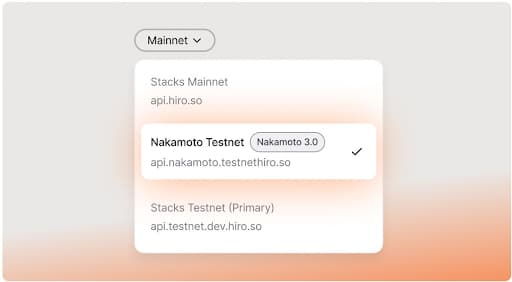
Exchanges and Nakamoto Upgrade
Exchanges should expect significant improvements with the Nakamoto rollout. The foremost change will be the reduction in block confirmation times, as the reliance on Bitcoin blocks for confirmations will be eliminated.
For exchanges, the upgrade process involves updating nodes to the latest version and possibly adjusting API usage and stacks.js integration.
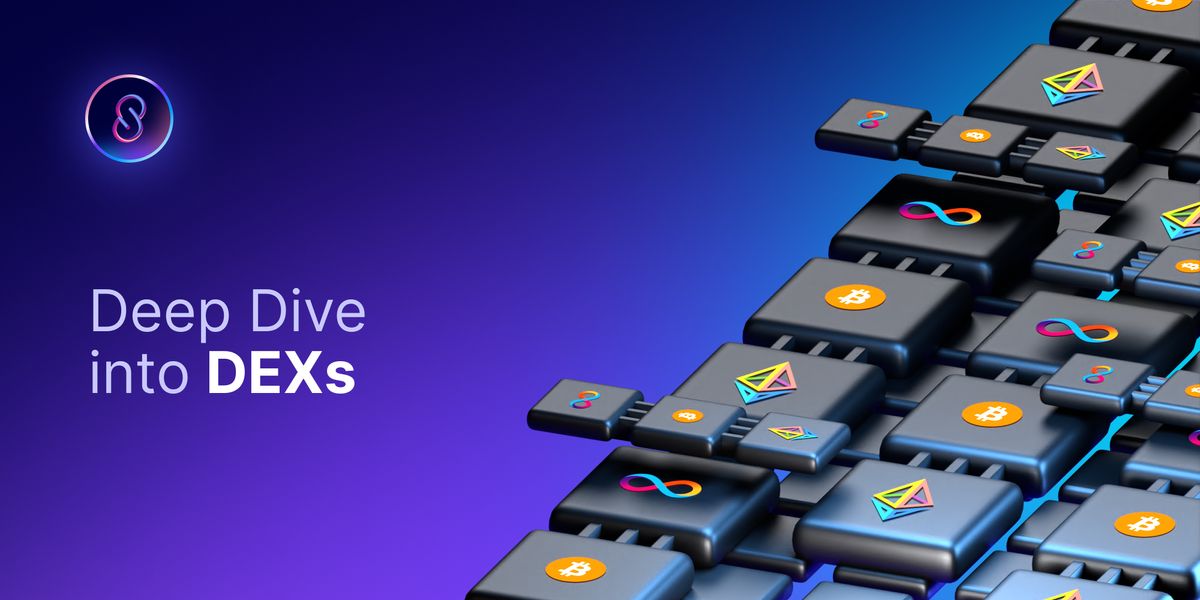
Nakamoto for App Developers
Developers can start using the Nakamoto features in their applications even before the activation. The testnet already includes the new contracts for signers and the POX-4, allowing for early testing and integration. However, features like fast blocks and Bitcoin finality will only be available after the full activation.
Developers can build applications that require high transaction throughput without compromising on security, making it attractive for a wider range of use cases in finance, gaming, and more.
How Does Nakamoto Compare With Other Layer-2 Solutions?
Since 2023, the Bitcoin network has seen an influx of layer-2 solutions like Stacks, fueled by the introduction of the Ordinals protocol and the growing interest in utilizing Bitcoin for DeFi and smart contracts.
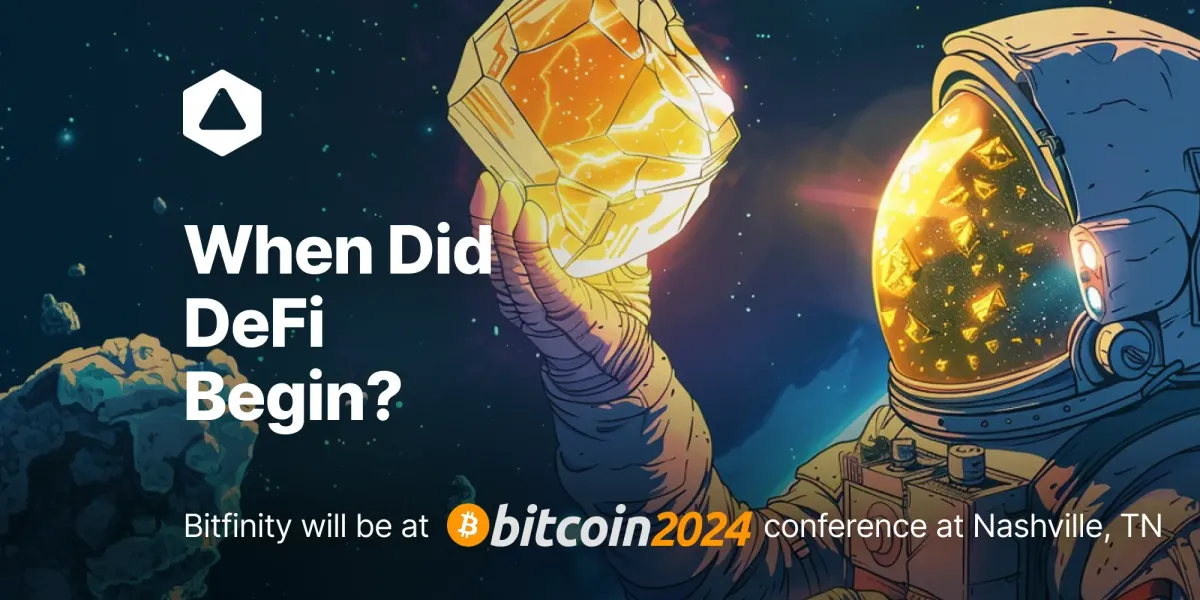
Today, there are approximately 80 layer-2 solutions built on Bitcoin, with Stacks being discussed here. But we also have our own Bitfintiy EVM that is going to mainnet rather sooner than later...
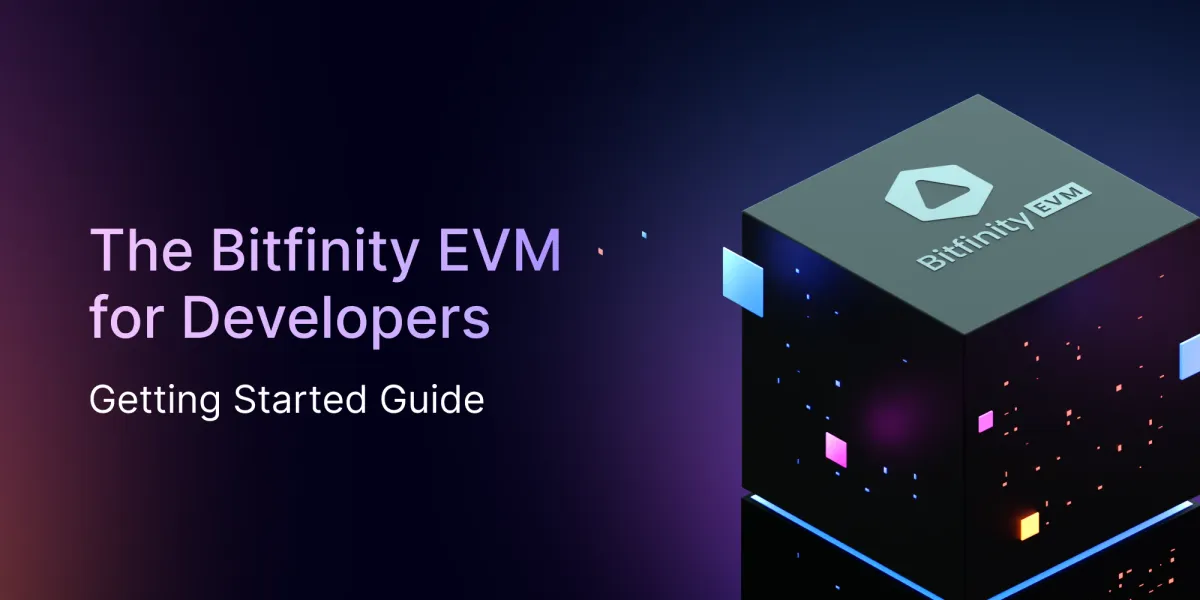
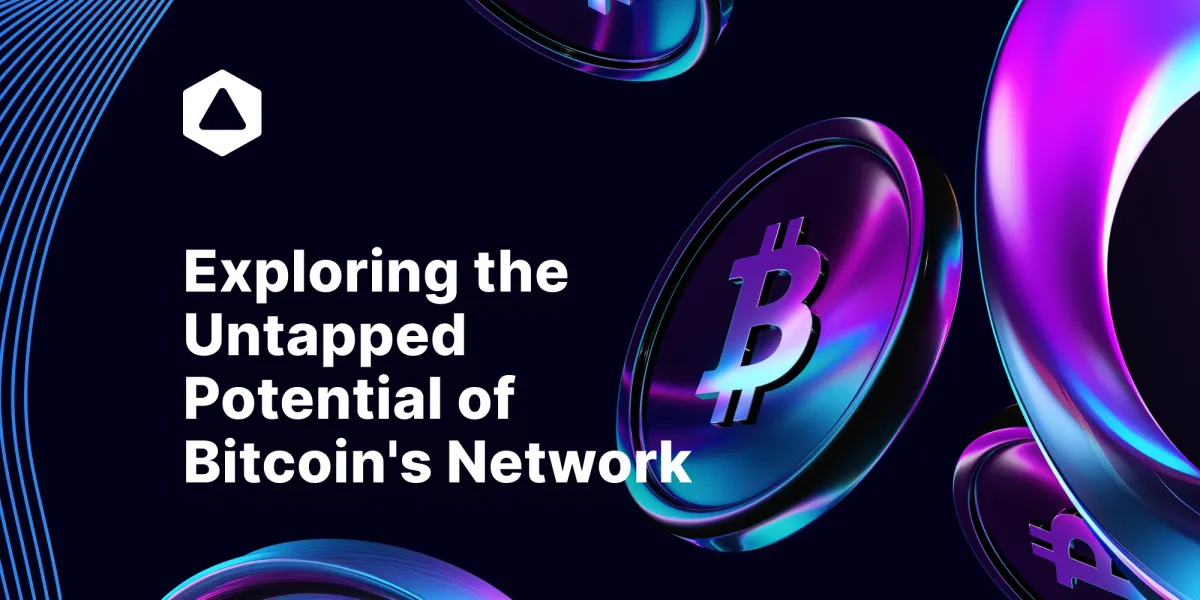
Conclusion
The Nakamoto upgrade marks a significant milestone in what many experts are calling "the second phase of Bitcoin," focusing on scalability and the expansion of web3 applications. As this upgrade progresses, it could lead to increased trading activity, greater liquidity, and more innovative financial products and services built around Bitcoin.
With the community that shows signs of being clearly excited and showing enthusiasm for the launch. The big naka-moment is almost here!
An upgrade that is receiving a positive reception from those closely following its developments and introduces critical features that enhance the utility, scalability, staking capabilities, and overall potential of Bitcoin as a programmable layer, fundamentally transforming how both developers and users interact with the world’s leading cryptocurrency.

Connect with Bitfinity Network
Bitfinity Wallet | Bitfinity Network | Twitter | Telegram | Discord | Github

*Important Disclaimer: The information provided on this website is for general informational purposes only and should not be considered financial or investment advice. While we strive for accuracy, Bitfinity makes no representations or warranties regarding the completeness, accuracy, or reliability of the content and is not responsible for any errors or omissions, or for any outcomes resulting from the use of this information. The content may include opinions and forward-looking statements that involve risks and uncertainties, and any reliance on this information is at your own risk.
External links are provided for convenience, and we recommend verifying information before taking any action. Bitfinity is not liable for any direct or indirect losses or damages arising from the use of this information.






Comments ()